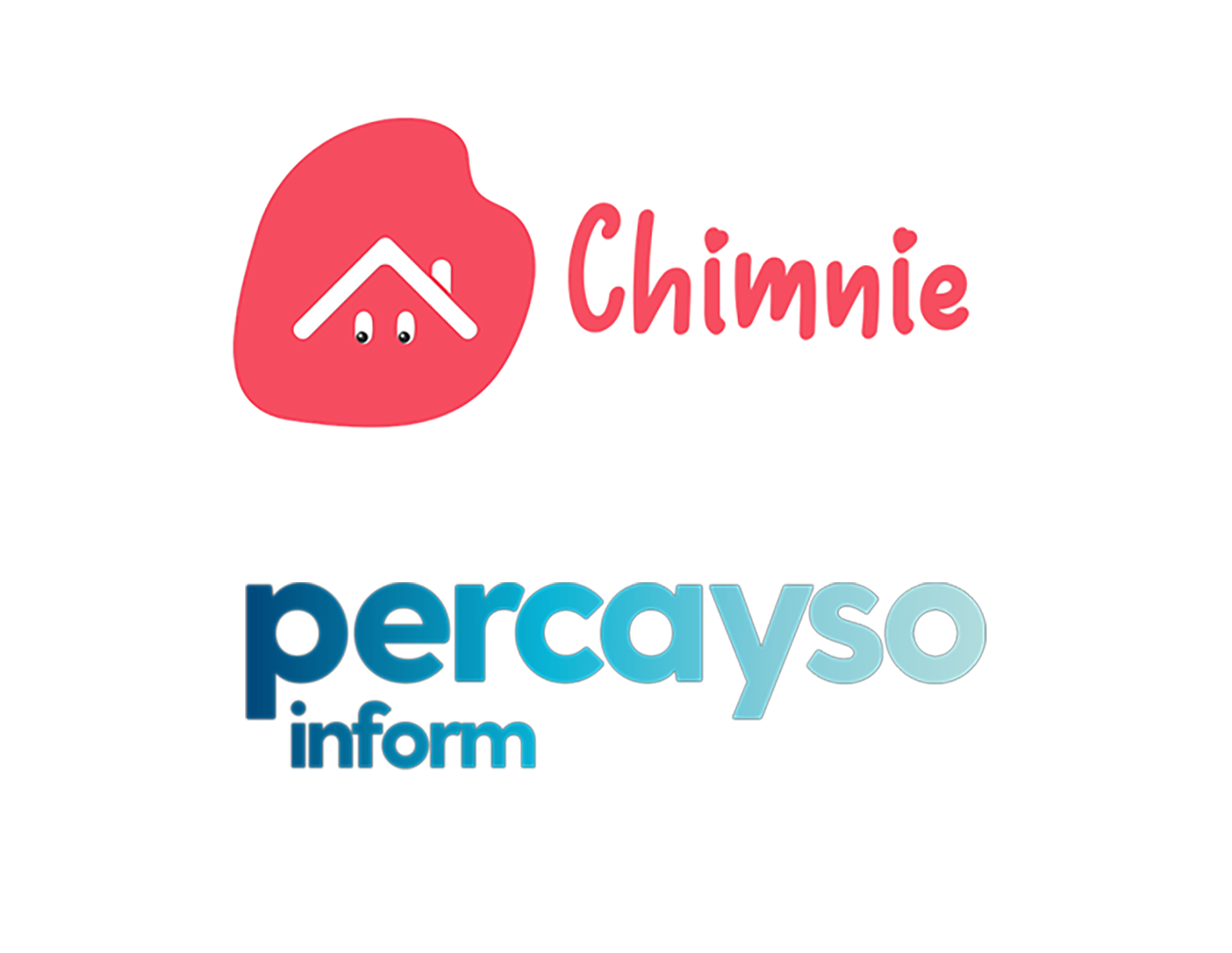When assessing a property for insurance purposes, market value often grabs the spotlight. However, for insurers, the true cost of replacing a property in the event of total loss—the rebuild cost—is a far more critical metric. Rebuild costs take into account various factors, such as construction materials, labour, and even current building regulations. Despite their importance, rebuild costs are frequently misunderstood or overlooked in property risk assessment. By integrating accurate rebuild cost data, insurers can achieve more precise valuations, leading to better risk management and pricing strategies.
Understanding Rebuild Costs and Their Impact
Rebuild costs represent the expense involved in reconstructing a property from the ground up. This cost can vary significantly from the market value of the property, depending on factors such as the building’s design, materials, location, and current regulations. For example, a building might have a lower market value due to its age and condition, but its rebuild cost could be substantially higher due to its size or type of materials and construction techniques.
For insurers, rebuild cost assessments are crucial for determining the appropriate level of coverage. Underestimating this cost can lead to underinsurance, leaving policyholders exposed to significant financial risk if they need to rebuild. Conversely, overestimating rebuild costs can result in higher premiums, making policies less competitive. Therefore, accurately estimating rebuild costs is essential for both risk management and customer satisfaction.
How Chimnie’s Data Enhances Rebuild Cost Estimations
Chimnie's property data offers an in-depth view of the factors influencing rebuild costs. Our datasets go beyond generic estimations, and it's based on property characteristics, local building costs, and raw material costs. By integrating Chimnie's rebuild cost data into their risk models, insurers can achieve a more precise understanding of the true cost of rebuilding a property.
One of the key strengths of Chimnie's data lies in its granularity. Rather than relying on broad averages, our system allows insurers to assess rebuild costs at the property level, based on the combination of two driving factors:
Construction Materials Costs: Information on the type of materials used in the property's construction, and the estimated amount needed given its size, factored by their current market cost.
Local Labour Costs: Insight into regional variations in construction and labour costs, providing a more accurate cost estimate for rebuilding in different areas.
The Role of Rebuild Costs in Risk Assessment
Incorporating accurate rebuild cost data into risk assessment models enables insurers to more effectively gauge their exposure. By understanding the true cost of replacing a property, insurers can set premiums that accurately reflect the risk. This approach not only protects the insurer’s portfolio from underinsured losses but also fosters customer trust by ensuring that policyholders have adequate coverage.
Consider the case of a property in a historic district. While its market value might be relatively modest due to factors like location or size, the cost to rebuild the property could be exceptionally high due to the need for specialised materials and skilled labour. Without detailed rebuild cost data, an insurer might underprice the policy, leaving both themselves and the policyholder at risk. Chimnie's data services provide the detailed insights needed to avoid such pitfalls, ensuring that rebuild costs are accurately factored into risk assessments.
.jpeg&w=3840&q=75)
Enhancing Underwriting and Pricing Strategies with Rebuild Cost Data
Accurate rebuild cost assessments are a cornerstone of effective underwriting and pricing strategies. By integrating Chimnie’s rebuild cost data, insurers can refine their pricing models to reflect the actual risk more accurately. This not only improves risk management but also allows insurers to offer more competitive premiums.
For example, using Chimnie’s rebuild cost data, an insurer can differentiate between two properties of similar market value but vastly different rebuild costs. A modern, standard construction property might have a lower rebuild cost compared to a period property. By accurately assessing these differences, the insurer can set premiums that are both fair and competitive, reducing the risk of underinsurance while avoiding the pitfall of overpricing.
Moreover, rebuild cost data is instrumental in loss forecasting. By analysing rebuild costs across a portfolio, insurers can predict potential claim sizes more accurately, allowing them to adjust reserves and capital requirements accordingly. This proactive approach to risk management is essential in a market where natural disasters and unforeseen events can lead to significant claims.
Building Trust Through Transparency
In an industry where trust is paramount, providing policyholders with clear and accurate information about their coverage is essential. By using Chimnie's rebuild cost data, insurers can offer more transparent policies, helping customers understand the true value of their coverage. This transparency not only builds trust but also educates policyholders about the importance of insuring their property for its full rebuild cost, not just its market value.
By integrating Chimnie's data into their policy documentation and customer communications, insurers can clearly explain how rebuild costs are calculated and why they are a critical component of comprehensive property insurance. This level of detail reassures policyholders that they are adequately protected in the event of a total loss.
Conclusion: Rebuild Costs as a Key to Accurate Insurance Valuations
Incorporating detailed rebuild cost data into risk assessments is not merely an enhancement but a necessity for accurate insurance valuations. Chimnie's comprehensive data services provide insurers with the insights needed to assess rebuild costs precisely, allowing for more accurate underwriting, competitive pricing, and improved customer satisfaction.
By leveraging Chimnie’s detailed rebuild cost data, insurers can navigate the complexities of the UK housing market with greater confidence, ensuring that both they and their policyholders are adequately protected against the financial risks of underinsurance.
.jpeg&w=3840&q=75)
.png)

